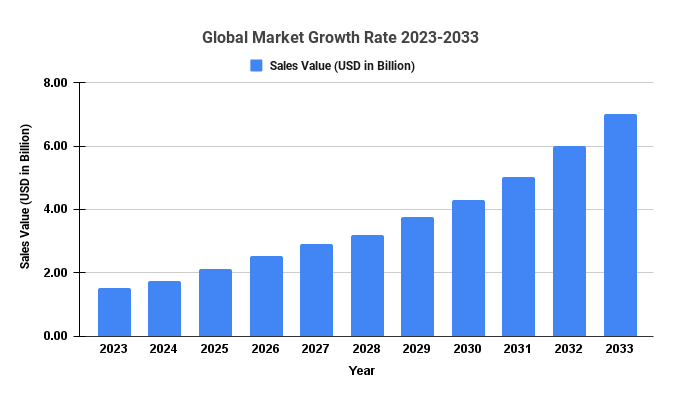Stablecoins Survived ‘Crypto Winter’ But That Doesn’t Make Them Safe
Amidst the harsh conditions of this year’s “crypto winter,” one category of blockchain currency has fared better than others: stablecoins, which are pegged to an existing currency such as the US dollar or euro. As its counterparties stumbled, the largest stablecoin, Tether, was briefly detached from the dollar but managed to hang on. “They weathered the storm,” says Gary Gorton of Yale SOM.
But that doesn’t mean the coast is clear. In several recent publications, Gorton highlights the systemic risk that stablecoins pose by comparing them to the private currencies of the past. These historical analogs ultimately created more problems than they solved and failed to improve money issued by governments. The same problems, Gorton argues, apply to stablecoins today.
In a paper co-authored with Sharon Y. Ross of the US Treasury and Chase B. Ross of the Federal Reserve Board of Governors (both Yale SOM alumni), Gorton shows that stablecoins follow patterns similar to the privately issued notes of “free banking” -era in American history.
During this period, from 1837 to 1863, banks could issue their own money, ostensibly backed by government bonds. The challenge was that merchants in one region were understandably wary of notes from another—resulting in a complex system in which currency became less valuable as distance from the issuer increased. Lax regulation also made these private notes vulnerable to bank runs. Finally, to control the chaos, the federal government stepped in and became the exclusive issuer of a unified national currency.
For Gorton, the complex technology behind stablecoins has prevented us from seeing a simple truth: they are no different from the private currencies of the free banking era. “It’s the last time there was privately produced circulating money,” he says. “And stablecoins are also privately produced circulating money.”
In the paper, Gorton and his co-authors find that private notes and stablecoins follow similar trajectories. The researchers created a variable called D which captures the “money” of a currency: qualities including its price, its ease of use in practice, and the likelihood that another party will accept it without question. Overtime, D reduced for private notes, meaning they became more money-like. The researchers found that the same is happening for stablecoins, although it is still early days.
Decreases in Dclaims they stem in part from technological change. For private notes, “it was mostly because of the railroads, which allowed you to get notes back to the issuing banks faster,” explains Gorton — creating less uncertainty about whether they could be redeemed at face value. As for stablecoins, improved graphics processing units have made it faster to mine Etherium and convert it to, say, Tether, resulting in greater efficiency.
Reputation building is also reduced D, the researchers state. In the free banking era, notes from newer banks traded at a discount to those from established banks in a given region – a testament to the role of trust and track record in currency systems. To build its reputation and demonstrate stability, Tether has begun releasing regular reports on its reserves. These kinds of disclosures are likely to make stablecoins more recognized and therefore more money-like.
But the fact that stablecoins are becoming more money-like does not mean that they are improving on government-issued currency, write Gorton and Jeffrey Zhang of the University of Michigan Law School in another recent publication. They argue that – time and time again, and across many countries – a government monopoly on issuing money has proven to provide the necessary financial stability and enable the necessary control over the money supply.
“We’ve been through all of this before and I think the answer should be the same. Every country on earth decided that the state should have a monopoly on the creation of a circulating currency.”
By analyzing the economic history of countries including England, Canada, the United States and Sweden, Gorton and Zhang show why monopoly is a better strategy than allowing private currencies to compete with public currencies. Many countries adopted the coexistence strategy – until a major economic trauma convinced them to buckle down. In 19th-century Sweden, for example, the central bank twice had to bail out private banks after their currencies collapsed.
Unfortunately, in Gorton’s view, the United States appears to be moving toward a strategy of coexistence once again. Congress has introduced legislation that would require more transparency from stablecoin issuers, signaling that they have tacitly accepted the presence of private currency in the US financial system and are choosing to regulate rather than ban it.
He sees it as a mistake – especially because it is possible to eliminate the risk of private money while enjoying the benefits of digital currency. Central banks could issue their own digital currency, with “potentially huge benefits for cross-border commerce,” Gorton and Zhang write in a third paper. Today, moving money between jurisdictions is both slow and expensive. A global digital currency system could reduce these frictions – something cryptocurrency advocates have long argued. Gorton and Zhang simply believe that central banks, not private banks or companies, should be responsible for the system.
“We’ve been through all of this before, and I think the answer should be the same,” says Gorton. “Every country on earth decided that the state should have a monopoly on the creation of a circulating currency.” The technology has changed, but the underlying issues are the same: “It’s no different now.”


